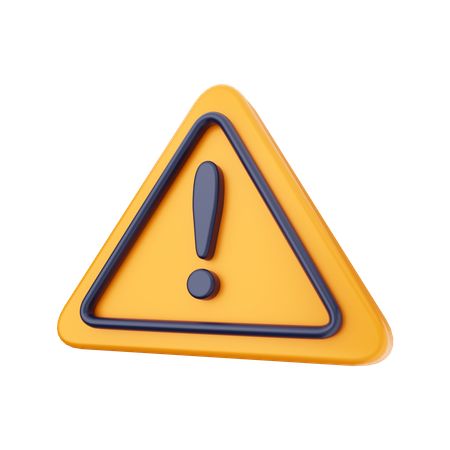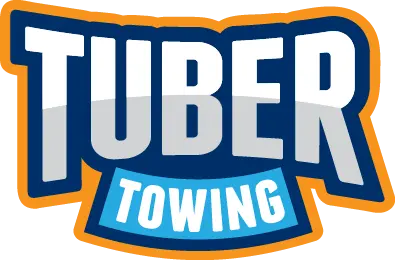
Hitching mistakes can lead to serious towing hazards—even for experienced drivers. In this guide, we break down the 7 most common errors made when attaching a trailer and how to avoid them for safer, smoother travels. At Tuber Towing Recovery and Services, we’ve seen firsthand how minor oversights during the hitching process can result in major towing incidents, highway delays, and costly damage to vehicles and trailers.
Whether you’re towing a utility trailer, camper, equipment hauler, or recreational unit, this guide will walk you through the most common hitching mistakes to avoid, and what you should do instead to stay safe. If you’re a beginner or just want a refresher, this is a must-read before your next trip.
For real-world demos and towing safety tips, subscribe to our YouTube channel, TuberTaylor. We cover everything from roadside rescues to trailer recovery in tough Alberta terrain.
1. Failing to Fully Seat the Coupler on the Hitch Ball
One of the most dangerous hitching mistakes is not ensuring the coupler is fully seated on the hitch ball. When rushed, some drivers simply lower the trailer onto the ball without confirming it’s locked into place. This can lead to trailer separation during motion—especially when hitting bumps or making turns.
How to avoid it:
Always lower the coupler completely onto the hitch ball, latch it securely, and insert a safety pin or coupler lock. Double-check by lifting the trailer tongue slightly with the jack to confirm the coupler won’t pop off.
2. Not Crossing the Safety Chains
Safety chains are your last line of defense if the trailer disconnects. However, many people attach them straight across or even skip them entirely.
Why it’s dangerous:
Chains that aren’t crossed can allow the trailer tongue to hit the ground if it detaches. Worse, if not attached securely to the tow vehicle’s frame, they could snap under pressure.
What to do instead:
Always cross the chains under the coupler to form a cradle. Ensure there’s enough slack for turning, but not so much that they drag on the ground. Use only frame-mounted loops on your vehicle—not the bumper or hitch ball—for attachment.
3. Forgetting the Wiring Connection
It’s surprisingly common for drivers to hit the road without connecting or testing the wiring harness. As a result, other drivers won’t see your brake lights or turn signals.
Why it matters:
Unlit trailers are not only illegal—they’re incredibly dangerous, especially at night or in poor visibility.
Solution:
Plug in the trailer’s wiring harness and test all lights: left and right turn signals, brake lights, running lights, and hazard flashers. If lights aren’t working, troubleshoot before you drive.
Watch how we troubleshoot wiring issues in the field on TuberTaylor.
4. Skipping the Load Balance Check
Too much weight on one side or at the rear of the trailer can cause trailer sway, which can be hard to control and extremely dangerous at highway speeds.
What to do instead:
Ensure the load is distributed evenly, with about 60% of the weight in the front half of the trailer. Use tie-downs or straps to prevent cargo from shifting during travel.
5. Leaving the Trailer Jack Down
We’ve seen trailer jacks bend, break, or scrape violently along the pavement because someone forgot to retract them before driving.
Why this is serious:
Dragging a jack can cause sparks, road debris, and extensive damage to both the trailer and the roadway.
Reminder:
Fully retract the jack before towing. If it’s manual, crank it up until it clears the ground. For electric jacks, confirm the motor stops and the post is raised before pulling away.
6. Using the Wrong Hitch Equipment
Using a hitch ball that’s too small, a mismatched coupler, or towing beyond your vehicle’s rated capacity can all lead to failure while towing.
Fix:
Check all your components:
- Ball size (e.g., 2”, 2-5/16”)
- Hitch class rating
- Gross trailer weight (GTW)
- Tongue weight rating
Need help determining your hitch specs? Call Tuber Towing’s expert team for guidance.
7. Rushing the Process
Towing often happens when people are already in a hurry—moving day, camping trip, work transport. But rushing the hitching process is a recipe for oversight and accidents.
The better approach:
Take 5–10 minutes to do a complete walkaround inspection. Confirm the coupler, pin, chains, lights, tires, and load security before hitting the road.
The Cost of Mistakes
Improper hitching leads to more than just inconvenience—it results in:
- Vehicle and trailer damage
- Traffic accidents
- Fines or citations
- Insurance claim denials
- Emergency towing or recovery costs
At Tuber Towing, we’re available 24/7 across Edmonton and surrounding areas for both light and heavy-duty towing. But we’d rather help you avoid trouble entirely by educating drivers before problems arise.
Final Thoughts
The hitching process might seem straightforward, but it’s where the majority of trailer-related incidents begin. Skipping safety steps or making small errors—like not locking the coupler or forgetting to test your lights—can lead to disaster on the highway.
Avoid these common hitching mistakes by being thorough, using proper equipment, and never skipping your final safety check. If something feels off, double-check it. It’s better to spend an extra minute now than hours dealing with an accident later.
📺 For towing tutorials, safety tips, and behind-the-scenes looks at recoveries across Alberta, subscribe to TuberTaylor on YouTube and follow us for new content every week.
